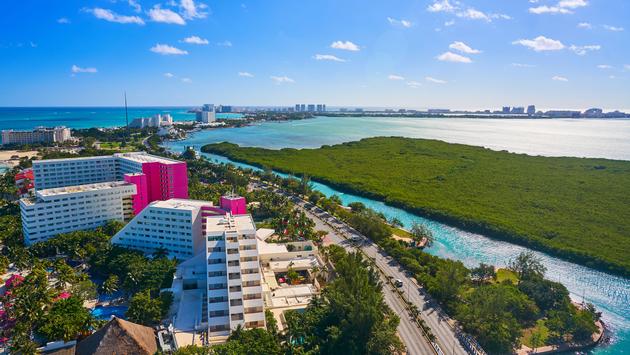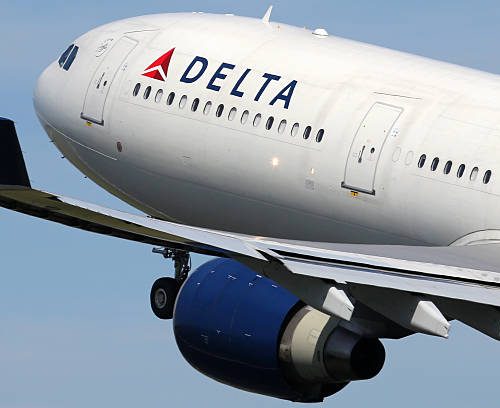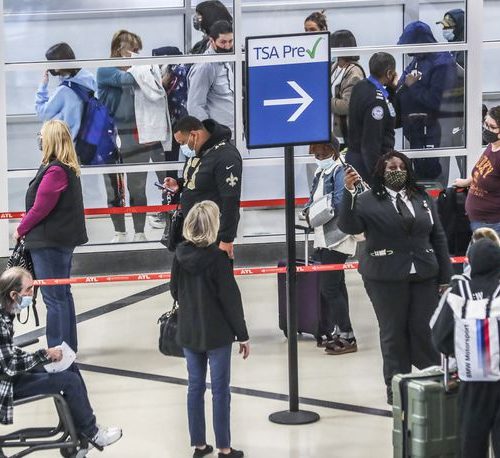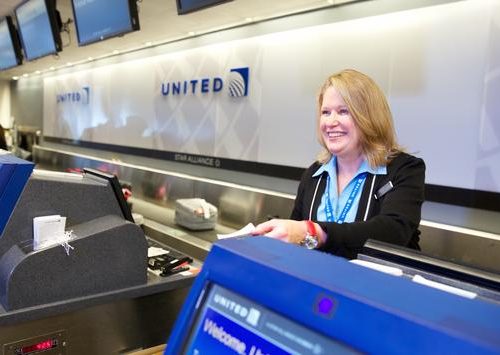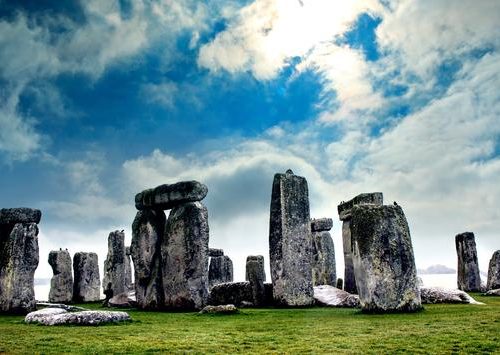JUAN ANTONIO (OSO) OSEGUERA | TravelPulse.Com
Troy Warren for CNT #Travel
The 45th edition of the Tianguis Turístico held this year in Mérida, Yucatán set a new record in terms of buyers thanks to the support of Governor Mauricio Vila Dosal and the coordinated work that took place between state and federal authorities.
The Mexican Tianguis Turístico is the fair where public and private entities do business. Yucatan government announced that 1,600 buyers from 900 international companies from 41 different countries arrived at the most important promotional event.
At the close of the Tianguis Turístico Mérida 2021, the event set a new record of operations: more than 1,600 buyers and almost USD 30 million of sales, after almost 5,800 business appointments.

“Yucatán, the host state, grew at 11% in the economy and 15 months later, 8,000 new jobs were generated, more than before the pandemic,” said the governor.
The governor mentioned that the Tianguis Turístico in Mérida was a dream of more than 10 years: “I want to tell you that the road to get to this Tianguis was not easy. When I was governor-elect, I was talking with Miguel Torruco, who was also the elected Tourism Secretary in 2018, before we took office, and I told him: Miguel, we have been trying to host the Tianguis Turístico for more than 10 years, I would like us to be able to host of this important event… and here we are.”
Tourism is a relevant contributor: six percent of GDP before the pandemic and three percentage points still have to be recovered; the trade balance is at USD 14.7 billion, and today it is at the half.
“We have to do a lot of things. The tianguis was a relevant event, the industry cannot be conceived without mobility and human interaction. The digital tianguis were a good idea, but they did not contribute as much,” says Braulio Arsuaga, president of the National Tourism Business Council (CNET).
Small and medium-sized enterprises (SMEs) are a relevant factor in tourism. They employ four million people that supply large resorts and airlines, among others.
This tourism industry is made mostly by small companies, the INEGI – an autonomous institution of the Federal Public Sector – recognizes 450 thousand economic units (companies) that represent USD 65 billion in the value chain in the hospitality industry.
“We proposed a critical route to insert tourism in the United States-Mexico-Canada Agreement (USMCA), as it is important. This industry has not been contemplated in this treaty. We also have a route of action to support and create jobs in the southeast of Mexico, where migration passes and where there is a lot of poverty,” Arsuaga said.
The business leader is convinced that synergy must be generated with the most important source of tourists in Mexico: the United States. And he contributed some data: before the pandemic, the US accounted for 55 percent of the tourism in Mexico and after the pandemic, it went to 80 percent.
Miguel Torruco, Federal Secretary of Tourism, feels proud of some data that the present administration has achieved so far: For all of 2021, 31 million tourists are expected, which will leave 300 billion dollars, with an occupancy of 46 percent. And tourism GDP is expected to grow to 7.1 percent and by the end of 2022, it will reach eight percent.
The tourism investment, until October, achieved nine billion dollars and comes from 9,490 projects that will generate 156,000 jobs. “There is confidence in the government,” Torruco said.
In the first semester of 2021, 711 million dollars were received by the Foreign Tourism Investment office, which generated a figure of four million people employed in the sector, that is, almost 250,000 more than in the first quarter of 2020.
In 2020, Mexico was in 7th place in the world for tourist arrivals and in the 17th in attracting money. After the pandemic and due to the temporary situation of closures and restrictions, the country ranked 3rd and 14th, respectively.
Torruco raised an objective for the remainder of the current administration: disperse 92 percent of tourists that concentrate in six main places and expand the attraction of tourists from more countries, since today Mexico depends on two: the United States and Canada.
In Other NEWS


























